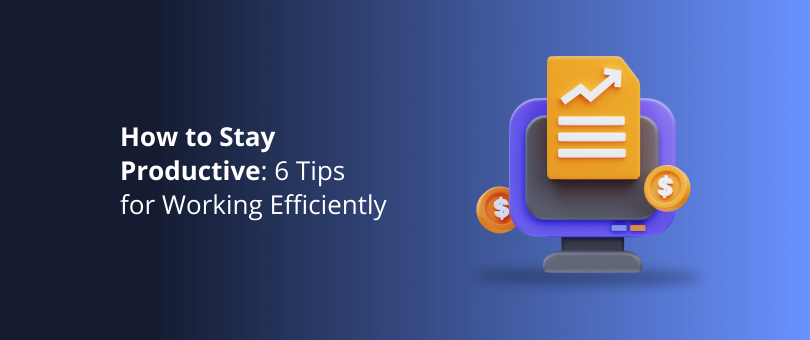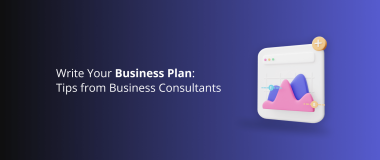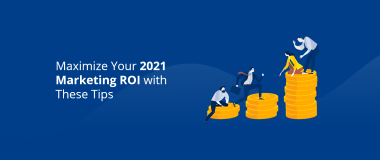Regardless of whether you are working from home or you are back in the office, staying productive can be challenging.
And it’s not only because of the countless distractions we encounter on a daily basis or the ever-shorter attention span of the modern person. Working efficiently requires organizational skills, discipline, and the right motivation.
Furthermore, each person is unique. Some of us are more active in the morning, others are night owls; some need inspiration, others just get down to business and grind on; some are proactive and self-motivated, and others need outside help to organize their process.
Simply put, there is no universal one-size fits all recipe for productive work.
However, there are various techniques that you can try in order to improve your productivity and find your own balance.
In this article, we provide 6 tried and tested work efficiency tips to implement in your daily routine. You can mix and match these to find what delivers the best results for you so you find the ultimate workplace productivity equation.
1. Don’t Overdo It with the Changes
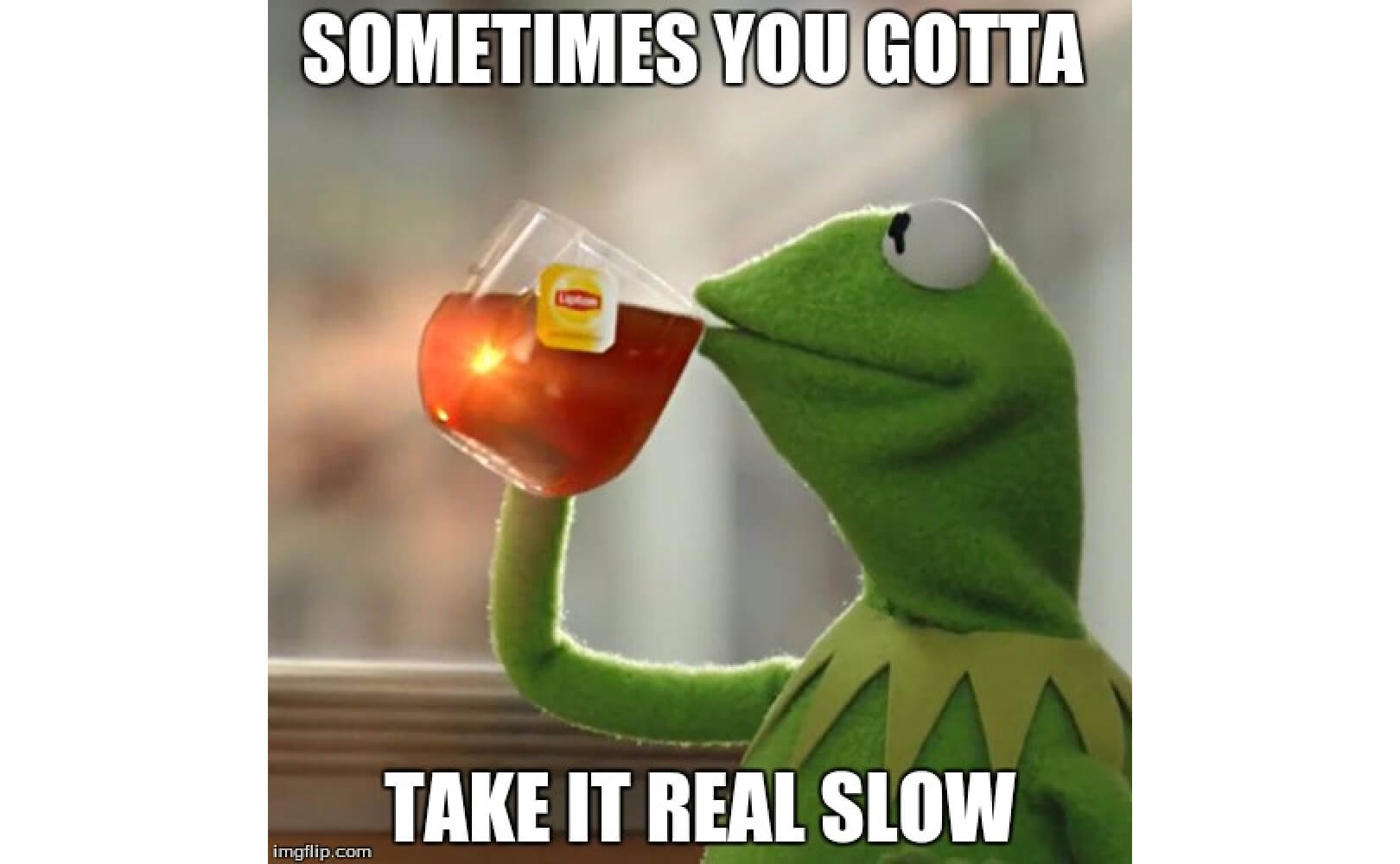
Understanding how to stay productive in various work environments, whether at home or in the office, is crucial in today’s fast-paced world. Productivity is not just about managing your tasks but also about managing yourself. It involves recognizing your peak performance times, aligning your tasks with your energy levels, and maintaining a steady pace without burning out. To keep productive, it’s essential to cultivate a mindset that encourages focus and efficiency.
First of all, don’t rush into trying out all the new ideas at once. Sometimes even a tiny change can have a large impact. Otherwise, you can overwhelm yourself and run the risk of ending up even less productive than before.
Take it slowly.
Try out the techniques that seem the closest to your current day-to-day work process, organization, and/or personality.
For example, maybe you can eliminate a small but persistent habit that distracts you and keeps you from completing your work day.
Also, give any changes some time before you decide whether they are efficient or not. Around two-three months are usually enough to overcome the initial stress and see whether the new approach delivers results. This may sound like a long time, but remember – habits are difficult to form, and break.
Regardless of whether the change works for you or not, once the testing period has passed, you can, if you want to, try out a different approach.
However, keep in mind that when it comes to working efficiency, even the smallest change can, potentially, upset your routine. Until you become accustomed to it and see if it really delivers results, your productivity may suffer.
To avoid any issues and misunderstandings, it’s best to inform your direct manager of your intentions. It’s important to align your actions with the overall working process.
2. Set Realistic Goals
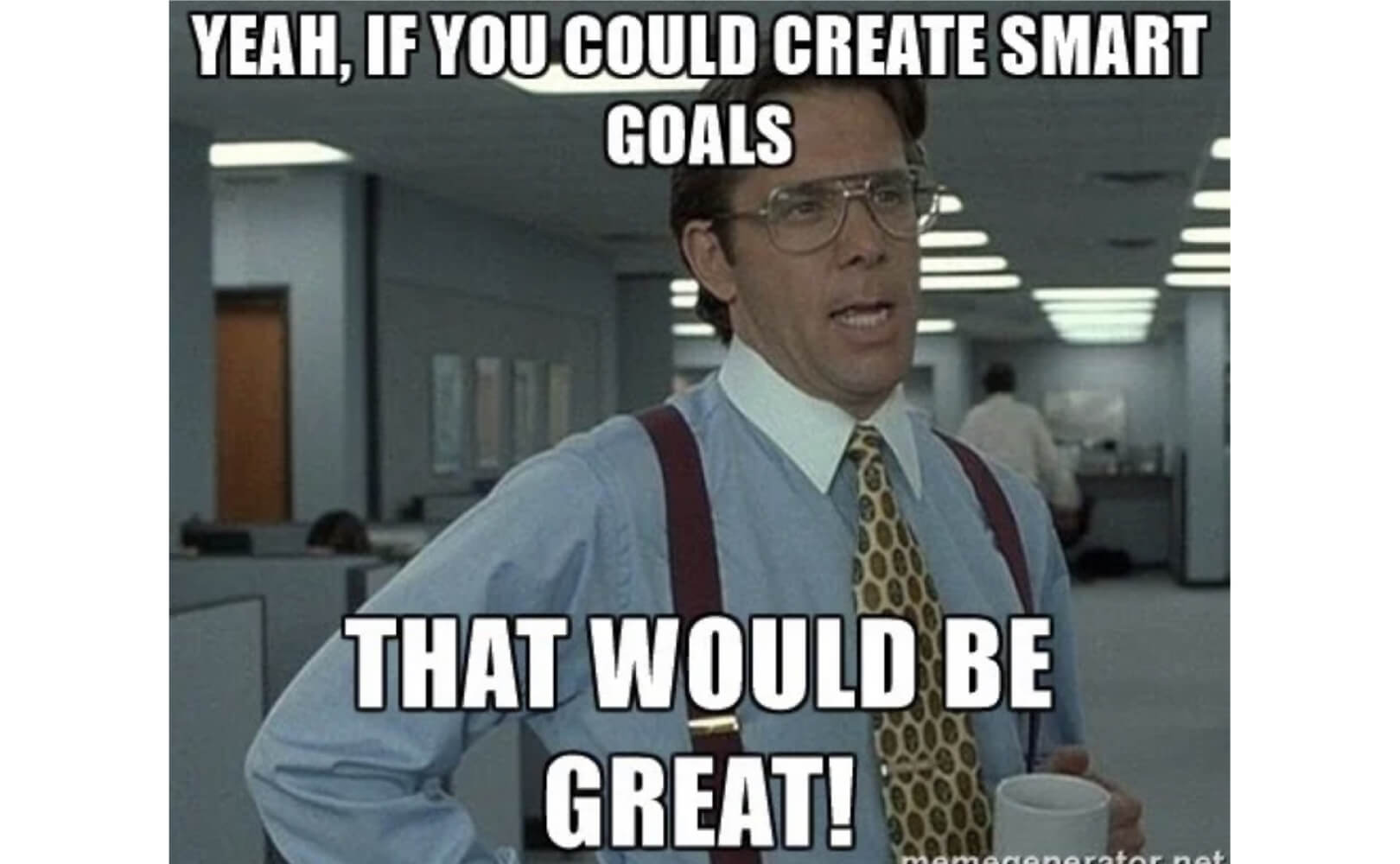
Although this one seems kind of obvious, sometimes, we all tend to push ourselves a bit too far in hopes that we can work beyond our limits and achieve unattainable goals.
When it comes to how to work efficiently at work, it’s all about finding that sweet spot where your skills, tasks, and time management intersect. Efficient work isn’t just about speed – it’s about making intelligent use of your time and energy.
Of course, there’s nothing wrong with setting the bar a little higher than your comfort zone and giving yourself a challenge. This can, indeed, inspire you to achieve more and show you that you are capable of more than you thought.
However, regularly setting unrealistic goals can severely hurt your productivity.
If you fail to complete your to-do list on a daily, weekly, and/or monthly basis, at a certain point, you will probably start to feel like an underachiever.
As a result, instead of working more efficiently and being more productive, you may hurt your confidence, dim your zeal, and drain your motivation. You might even end up giving yourself imposter syndrome and suffering from burnout.
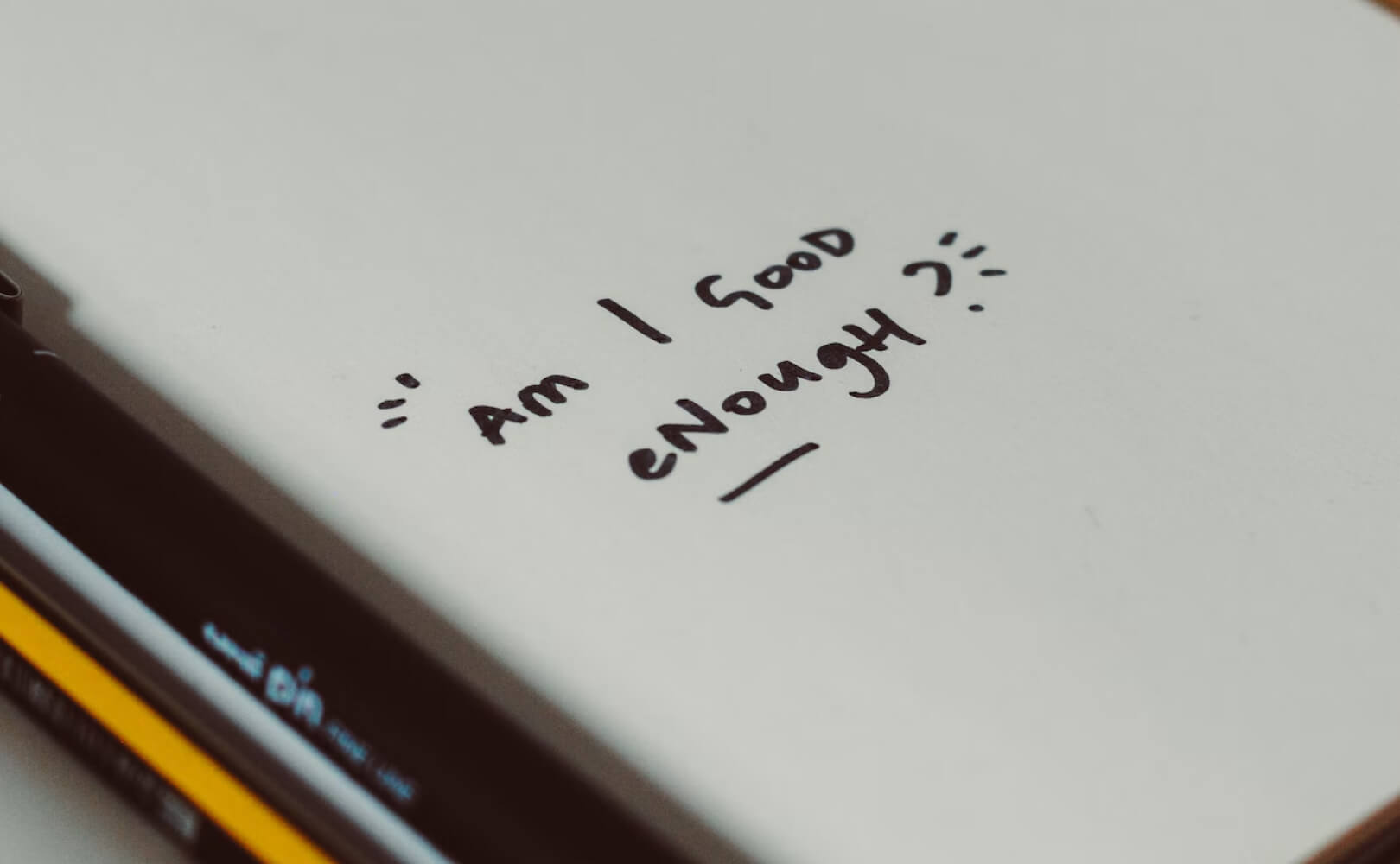
To avoid that, when planning your activities, consider using the SMART goals framework.
SMART stands for Specific, Measurable, Attainable, Realistic, and Time-bound.
It’s a simple tool that allows you to set your priorities and consider your resources and map out a productive course of action.
The best thing about this approach is that it can be equally effective not only in small-scale task organizations. You can also apply it in long-term planning, and business strategy, regardless of your level of responsibility and role in the company.
3. Reconsider Multitasking
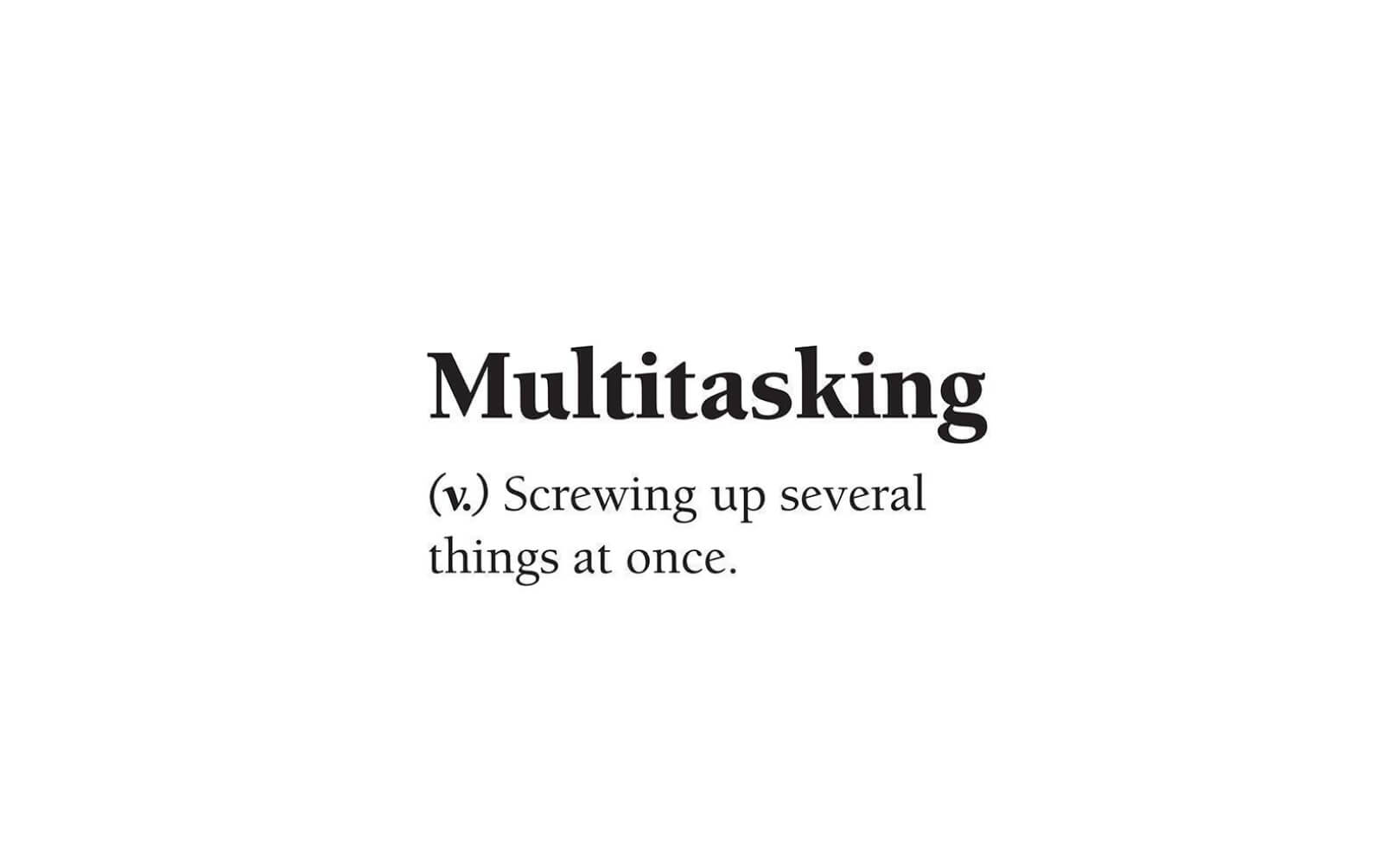
The last few decades have glorified multitasking and made it seem like a life goal for busy professionals.
However, the truth is that there are very few – if any – people who can actually multitask efficiently.
Still, most of us try to push through and juggle a few tasks until we either fail all of them or achieve mediocre results. In the end, we can end up exhausted, stressed out, and disappointed. We don’t want our productivity to be hardly any better than it would have been if we approached each task individually, do we?
Break down larger projects into manageable chunks, set clear and attainable goals, and keep track of your progress. By doing so, you not only enhance your capacity to stay productive but also cultivate a sense of achievement that fuels further productivity. It’s about creating a cycle of success where each completed task propels you forward to the next.
By taking up tasks one at a time, you can concentrate better, pay due attention, and make sure that you achieve the best results, all without stressing yourself out.
As a result, at the end of each task, you have enough energy left to concentrate on the next one.
Furthermore, we all know that great feeling when you can finally tick an item off your to-do list, don’t we? Treat yourself!

4. Prioritize Your To-Do List
Instead of trying to multitask, consider prioritizing your daily responsibilities every morning, and start with the most important one. This task can often be the most difficult, challenging, time-consuming, and/or pressing goal for the day.
Once you’ve got it out of the way, you not only receive an instant feeling of accomplishment and gratification. You are also able to continue your day with a lighter heart because the worst is behind you.
In addition, when you know that you’ve ticked off the most important thing on your to-do list, everything else seems a bit easier.
Of course, this doesn’t mean that when you’ve completed this task, you can pat yourself on the back and call it a day.

Continue with the rest of the tasks, maybe leaving the easiest ones for last, as you work through all items you have planned. If you encounter a hitch and/or become stuck, consider leaving the task for a while and coming back to it later.
This approach can work well not only in your daily schedule but also in weekly and even monthly planning.
5. Allow Yourself to Take Breaks
Breaks allow you to restart your brain, regain your motivation, and redistribute your time.
When you focus on a task too hard for too long, you become overwhelmed. Consequently, instead of progressing, more often than not, you find yourself stuck.
If you don’t set breaks for yourself, sooner or later your brain will start doing it for you. As a result, your productivity will suffer even more, because you will keep on trying to push forth only to remain stuck in the middle of your own anguish.
This usually leads to frustration, self-doubt, and/or even despair.
A great way to implement breaks into your daily routine is to try the Pomodoro technique. In it, you use a timer to alternate work and breaks over preset intervals. For example, you can set 20 to 45 minutes of work, followed by a 5 or 10-minute break.
Even if the task at hand requires longer to implement, you should consider sticking to your work-break schedule. This will allow you to continue with fresh energy and a clear mind after the break.
Also, depending on your type of work, consider filling your breaks with activities that take you away from your workstation.
For example, if you work at a desk, stretch your legs and do some light exercise. Does your job involve physical activity? Make sure you sit or lie down once in a while. If you spend your day in meetings, enjoy some quiet me-time. If you work in isolation, call up a friend to chat.
The point is to break up your routine with a different activity that takes your mind off work. As a result, when you return to it, you have a fresh perspective and new strength.
It sounds simple, and yet, it can work miracles on your productivity and working efficiency.
6. Don’t Eliminate Distractions – Organize Them
Eliminating distractions and bad habits is easier said than done. Sometimes, killing them can create too much frustration, and hurt productivity instead of improving it.
The best way to avoid this is to place them within your limits and set boundaries for yourself.
Consider choosing a timeframe – preferably, in the part of the day when you are usually the least productive. Next, dedicate it solely to the activities that most often distract you from work.
For example, let’s say that you are a social media addict (well, aren’t we all?)
If you lack discipline and don’t restrain yourself, you can waste hours of your day checking your phone. This can break up your working process and reduce efficiency because it makes it really difficult to concentrate.
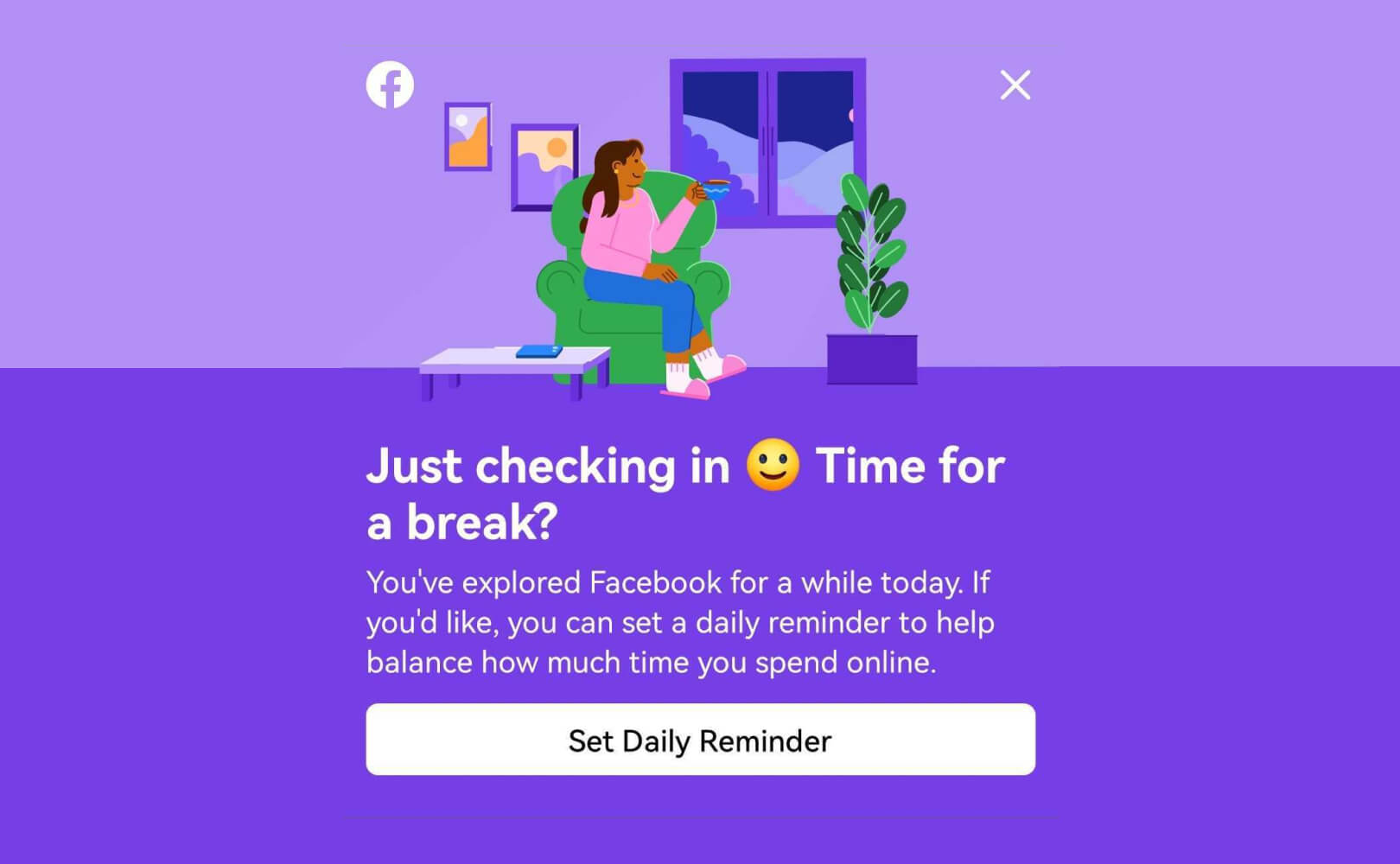
However, depending on what you use social media for, cutting it off completely can make you feel lonely, misinformed, and behind on updates and topics that you care about.
To avoid this, you can designate social media breaks throughout the day and strictly limit the time you spend on them at work. This way, you will know that a fix is coming and won’t be distracted from your work even if you hear the notifications frantically pinging. However, of course, it’s best to limit those as much as possible, you don’t want to test yourself too hard.
Also, you can use a Digital Balance app to track your device usage habits and set screen time usage.
Even if your distractions are not digital, you can use this method to restrain them. This way you can significantly improve your working habits and concentration.
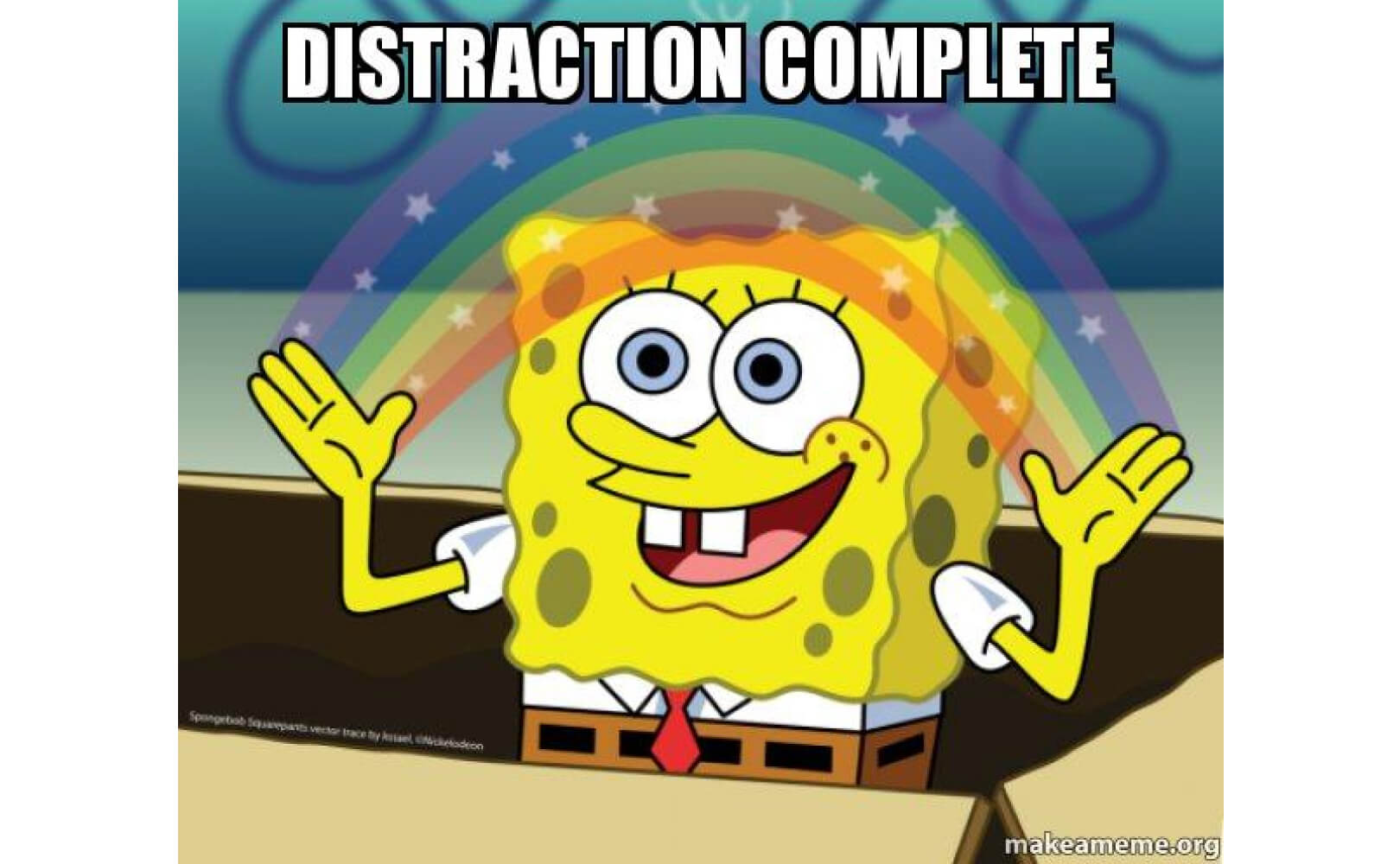
Bottom Line
Staying productive and working efficiently is not important only for your professional growth and development, but for your mental health as well.
On the one hand, if you are constantly distracted, procrastinating, or just off your game, you tend to lose your confidence and motivation. This can affect how you feel about your work and how you feel about yourself. Not to mention that, eventually, it can even cause you to lose your job.
On the other hand, if poor efficiency is the result of pushing yourself too hard, it can lead to stress, anxiety, and even burnout.
By optimizing your working culture, routine, and process, you can ensure that you make the most of your working day without negatively affecting your well-being.
All you need to do is find the right techniques that deliver the best results for you, and make a habit of them.
